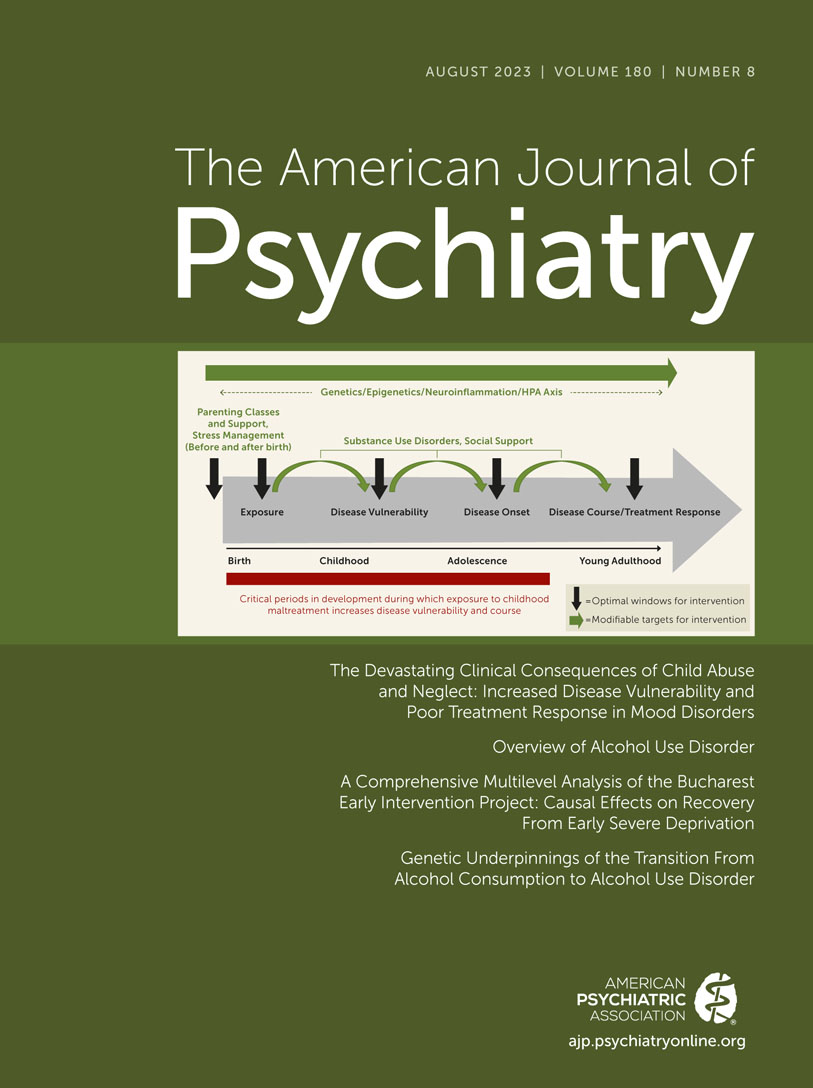The Devastating Clinical Consequences of Child Abuse and Neglect: Increased Disease Vulnerability and Poor Treatment Response in Mood Disorders
Abstract
A large body of evidence has demonstrated that exposure to childhood maltreatment at any stage of development can have long-lasting consequences. It is associated with a marked increase in risk for psychiatric and medical disorders. This review summarizes the literature investigating the effects of childhood maltreatment on disease vulnerability for mood disorders, specifically summarizing cross-sectional and more recent longitudinal studies demonstrating that childhood maltreatment is more prevalent and is associated with increased risk for first mood episode, episode recurrence, greater comorbidities, and increased risk for suicidal ideation and attempts in individuals with mood disorders. It summarizes the persistent alterations associated with childhood maltreatment, including alterations in the hypothalamic-pituitary-adrenal axis and inflammatory cytokines, which may contribute to disease vulnerability and a more pernicious disease course. The authors discuss several candidate genes and environmental factors (for example, substance use) that may alter disease vulnerability and illness course and neurobiological associations that may mediate these relationships following childhood maltreatment. Studies provide insight into modifiable mechanisms and provide direction to improve both treatment and prevention strategies.
Access content
To read the fulltext, please use one of the options below to sign in or purchase access.- Personal login
- Institutional Login
- Sign in via OpenAthens
- Register for access
-
Please login/register if you wish to pair your device and check access availability.
Not a subscriber?
PsychiatryOnline subscription options offer access to the DSM-5 library, books, journals, CME, and patient resources. This all-in-one virtual library provides psychiatrists and mental health professionals with key resources for diagnosis, treatment, research, and professional development.
Need more help? PsychiatryOnline Customer Service may be reached by emailing [email protected] or by calling 800-368-5777 (in the U.S.) or 703-907-7322 (outside the U.S.).



